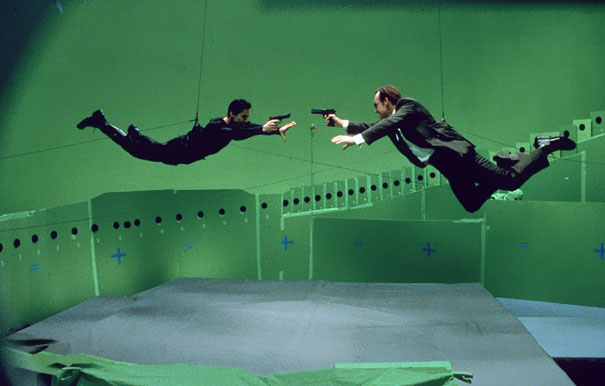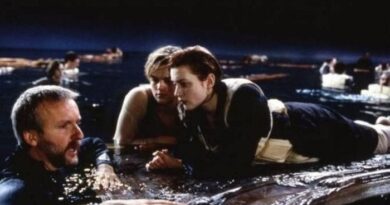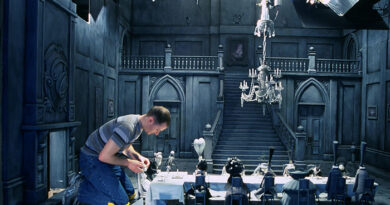Exploring the Influence of Classic Literature Adaptations on Modern Cinema
Introduction
Classic literature has long served as a wellspring of inspiration for filmmakers, providing rich narratives, intricate characters, and timeless themes that resonate across generations. The adaptation of classic literary works into modern cinema has not only reinvigorated these stories but has also allowed filmmakers to explore the enduring relevance of their themes in contemporary society. This article delves into the profound influence of classic literature adaptations on modern cinema, examining how these adaptations both honor the source material and bring new dimensions to the big screen.
Maintaining the Essence
One of the challenges of adapting classic literature is staying true to the essence of the original work while accommodating the demands of modern storytelling and visual aesthetics. Filmmakers are tasked with preserving the core themes, character motivations, and moral dilemmas that made the source material timeless. For instance, adaptations of Jane Austen’s novels like “Pride and Prejudice” or “Sense and Sensibility” maintain the Regency-era backdrop while infusing modern filmmaking techniques to engage contemporary audiences.
Character Exploration
Classic literature often boasts characters with depth and complexity, allowing actors to showcase their skills and connect with audiences on an emotional level. The transition to cinema allows characters to be brought to life, enabling audiences to see their struggles, growth, and dilemmas in a more immediate manner. Adaptations like “Great Expectations” or “To Kill a Mockingbird” capitalize on this aspect, showcasing the evolution of characters against the backdrop of visual storytelling.
Updating Themes
While the themes explored in classic literature are often universal, they can also be rooted in the social and cultural contexts of their time. Modern adaptations have the unique opportunity to recontextualize these themes, highlighting their relevance to contemporary issues. For example, George Orwell’s “1984” takes on new dimensions in a dystopian film adaptation, serving as a cautionary tale about surveillance, authoritarianism, and individual freedom in the digital age.
Visual Spectacle
Classic literature adaptations offer filmmakers a chance to recreate historical settings, fashion, and ambiance, often resulting in visually captivating spectacles. Period pieces like “Anna Karenina” or “The Great Gatsby” not only transport audiences to a different time but also highlight the intricate details of architecture, costume, and lifestyle. This visual allure enhances the cinematic experience and immerses viewers in the world of the story.
Narrative Innovation
While classic literature provides a strong narrative foundation, filmmakers have the freedom to innovate and experiment within the adaptation process. By exploring alternative perspectives, timelines, or character motivations, directors can provide fresh insights into familiar tales. For instance, “West Side Story” reimagines Shakespeare’s “Romeo and Juliet” in a modern-day urban setting, shedding light on contemporary issues such as gang violence and cultural clashes.
Cultural Resonance
Classic literature adaptations often become cultural touchstones, shaping conversations and influencing other forms of media. The success of adaptations like “Lord of the Rings” or “Harry Potter” has sparked interest in fantasy storytelling across various media platforms. These adaptations not only introduce classic narratives to new generations but also prompt discussions about mythology, heroism, and the battle between good and evil.
Conclusion
The influence of classic literature adaptations on modern cinema is profound and multifaceted. By maintaining the essence of the source material, exploring characters’ depths, updating themes, offering visual spectacle, encouraging narrative innovation, and fostering cultural resonance, these adaptations bridge the gap between the past and the present. They showcase the enduring power of stories that have shaped literature and culture, inviting new generations to appreciate their timeless wisdom and relevance in the contemporary world of cinema. As filmmakers continue to adapt classic literature, they ensure that these narratives remain living, breathing entities that continue to captivate and inspire audiences worldwide.




